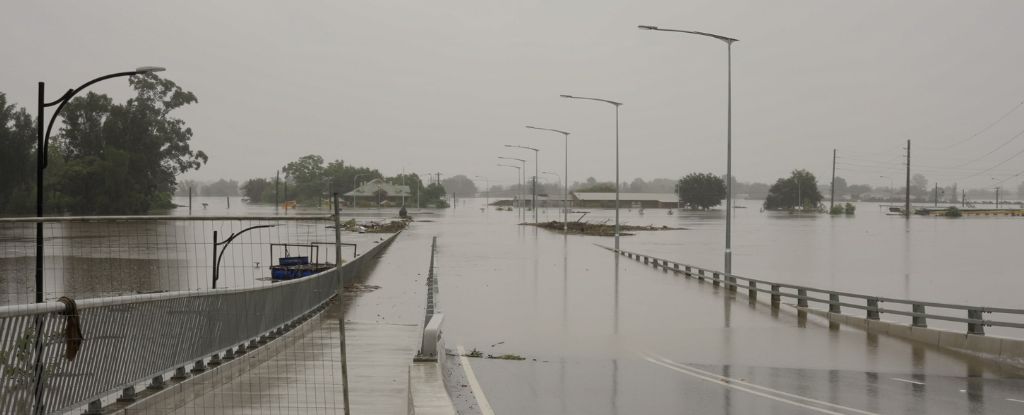A recent to study computer climate models dating back to the 1970s have shown them to be very accurate in relation to what actually happened over the following decades. This builds confidence in modern models that predict further changes in the future.
In the 1970s, climatologists began to report the increasing amount of carbon dioxide (CO2) pumped into the atmosphere and its greenhouse effect on its warming. There were also concerns about the increasing level of aerosol particles or smog produced by vehicles that could act as a reflector, bouncing sunlight back into space and cooling things down.
To help predict the long-term climate of the planet, and in which direction the climate might change, computer models were built that took into account the physical characteristics of the atmosphere and how it reacts to increasing carbon dioxide. carbon, methane and other greenhouse gases.
Most models have the right physics
These models were rudimentary by today’s standards, but when researchers from the University of California, Berkeley, Massachusetts Institute of Technology and NASA compared predictions from 17 models published between the early 1970s and the late 2000s to what actually happened, 14 of them were correct. .
The metric used to track the accuracy of the models is the global mean surface temperature (GMST) which has been tracked by observational surface temperature records for decades. It is the average temperature of the globe over a long period of time, which is the definition of climate. It does not predict day-to-day weather.
The accuracy of the models shows that climatologists were right in their predictions of climate change, and accusations that computer models are inaccurate are false.
One of the reasons some skeptics doubted the models is that they didn’t seem able to predict how carbon emissions from human activity would change in the future. These factors are driven by human behavior rather than atmospheric science. Predicting human behavior or political decisions is filled with uncertainty. Policies can be put in place to reduce emissions, or things can go on as usual. It often depends on the government in power.
Difficult to predict future emissions
A famous case of a climate change prediction that seemed wrong was NASA scientist Professor James Hansen who reported to the US Senate in 1988. Hansen’s climate model predicted that between 1988 and 1997, the average global temperature would rise by 0.45C But later the United Nations Intergovernmental Panel on Climate Change reported that the climate had warmed by 0.11C, four times less than the predicted Hansen’s model. This received huge criticism in the public press.
What really happened was that Hansen model presented three different scenarios, each with a different outcome. He reported the worst case of emissions continuing to accelerate, but there was also a best case, where emissions are rapidly reduced. There was also a third case with a result in the middle. It turns out that his intermediate prediction – and the atmosphere’s response to carbon emissions – was accurate.
More confidence in current climate models
This recent study showing that climate models of the past were accurate reinforces confidence in current models which are much more sophisticated, taking much more into account the physics and chemistry of the atmosphere, clouds, oceans and land.
This week more than 25,000 delegates meet in Madrid for the COP25 climate conference discuss ways to implement the goals set out in the Paris Agreement.
Young climate activist Greta Thunberg is on hand with an urgent message on the issue. Much of this urgency comes from computer models that predict drastic changes to the climate if something isn’t done soon.
Now we can believe that these predictions are very likely to come true.




